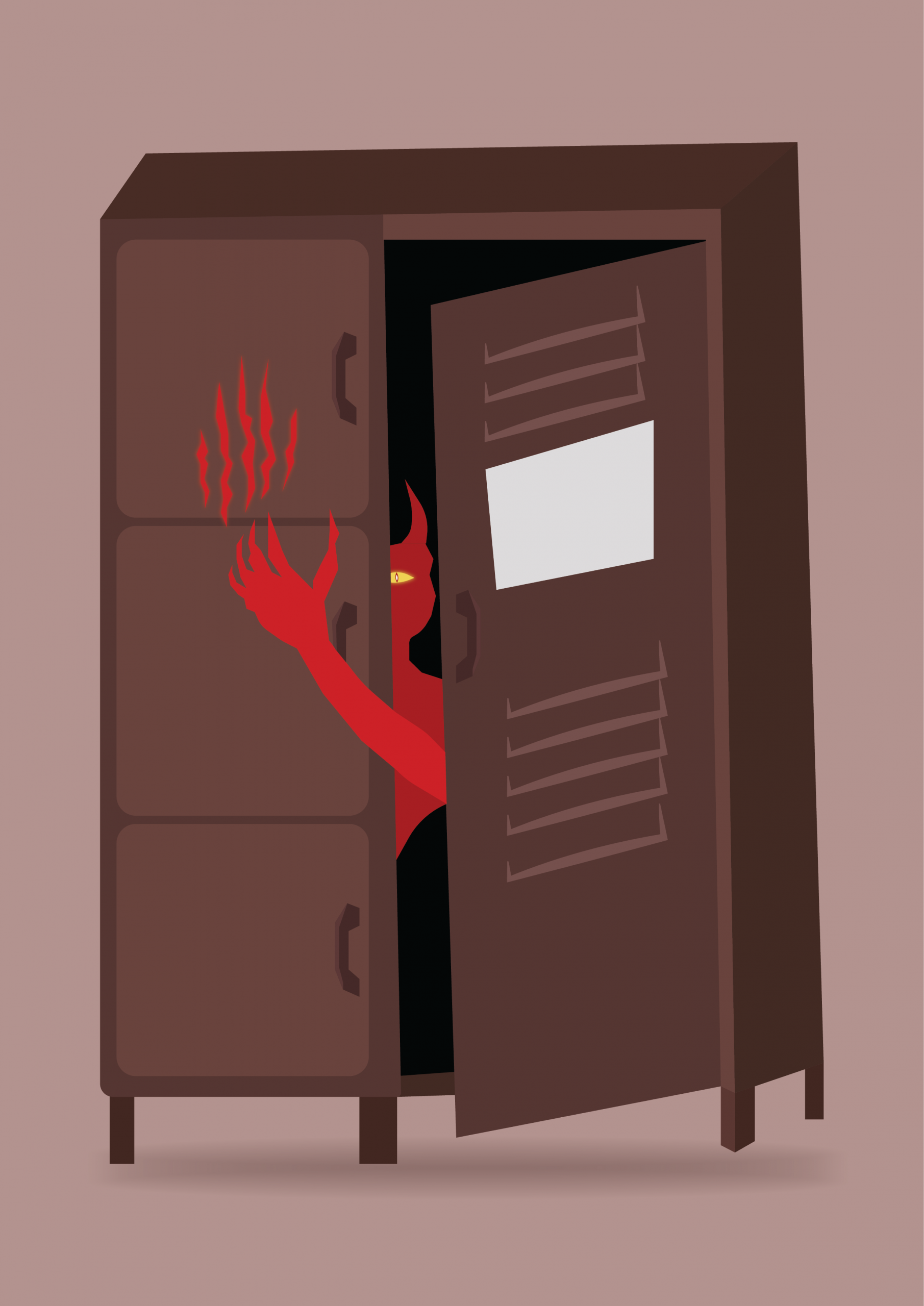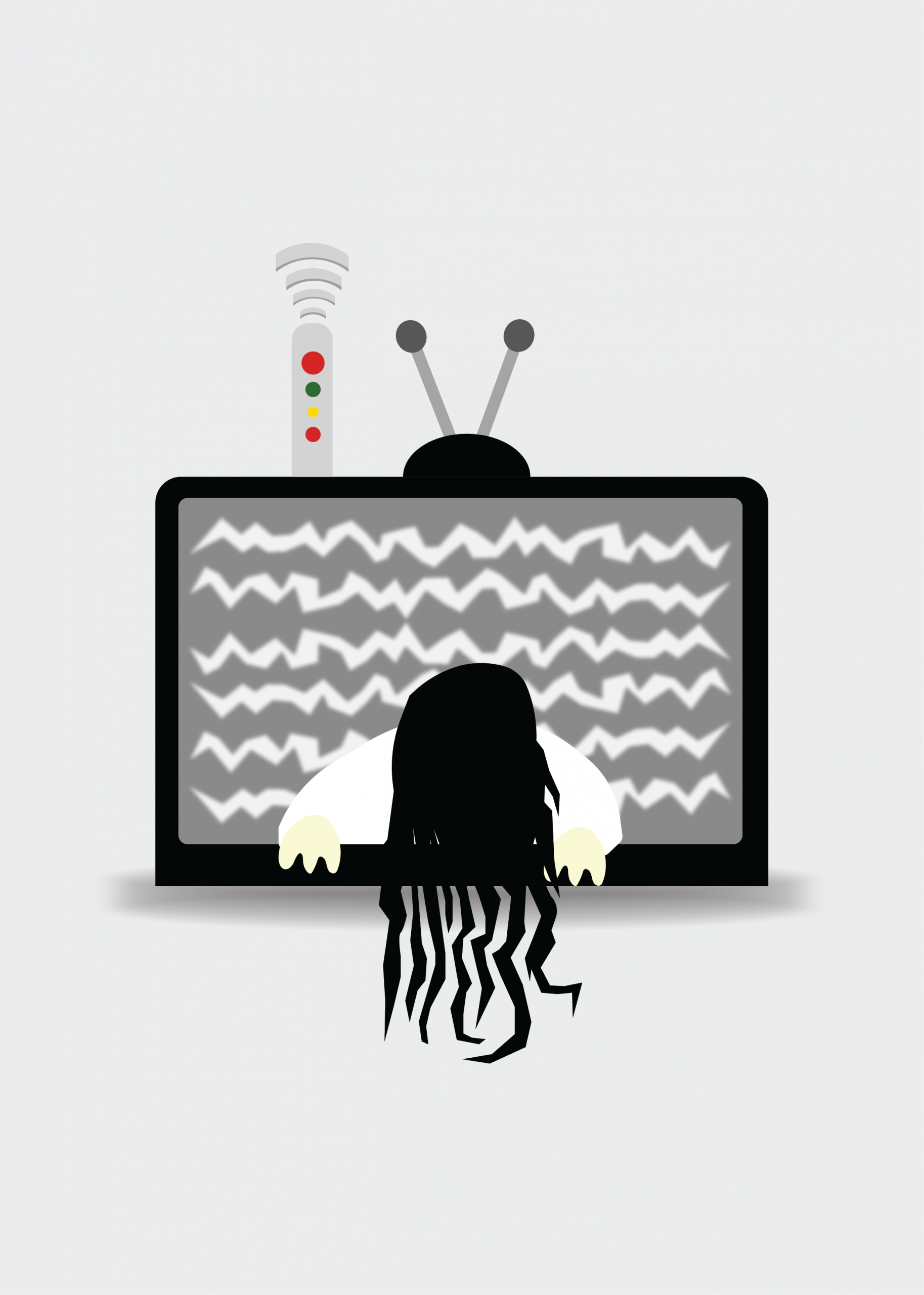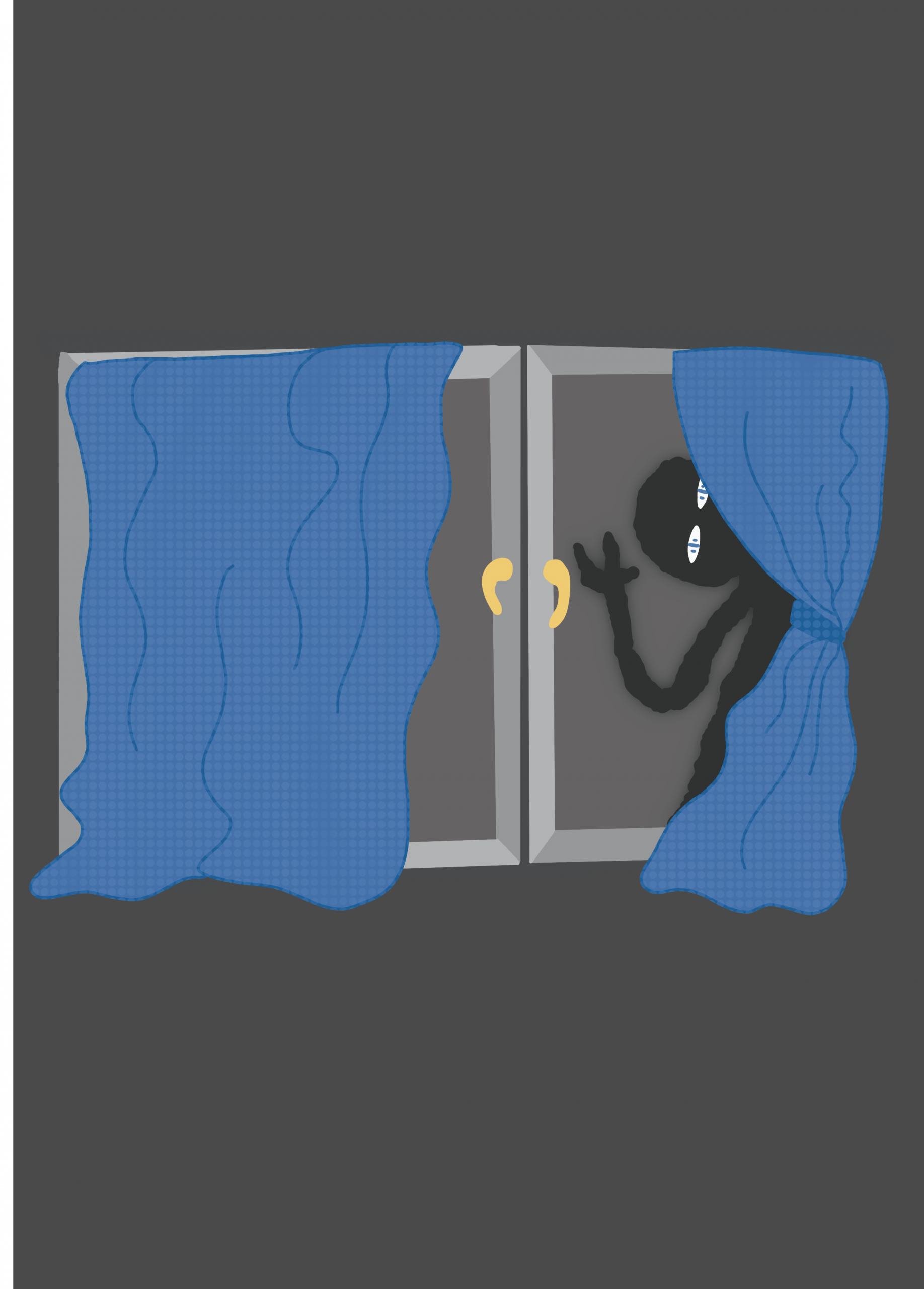In the intricate tapestry of human emotions, fear is a thread that binds us all. Phobias are a complex subset of fears that have embedded themselves into the human psyche, manifesting in over 500 different forms. Among these, Cistulaphobia stands as a peculiar yet profound manifestation, capturing our attention as we delve into the depths of this intriguing psychological landscape. Human existence is intertwined with five senses such as sight, taste, touch, hearing, and smell that serve as conduits for interpreting our environment. While fears and anxieties are part of the human experience, phobias elevate these emotions to extreme levels. Approximately 10-15% of the global population grapples with phobias marking it as one of the most prevalent psychiatric disorders. In the Essence of Phobias at their core are intense and often irrational fears that can be triggered by anything, ranging from commonplace objects to abstract concepts. The hallmark of a phobia lies in the extreme lengths individuals go to avoid exposure even in the absence of real risk or danger. This avoidance stems from an overpowering sense of anxiety causing sufferers to feel powerless against the relentless grip of their fears.



As we focus our lens on Cistulaphobia, a relatively obscure yet fascinating phobia it becomes apparent that the human mind can weave intricate webs of fear around even the most innocuous stimuli. Cistulaphobia, defined as the irrational fear of having a cistula (a small sac or cavity) in the body, may seem peculiar at first glance. However, it shares common threads with other phobias that illustrate the interconnected nature of human fears. T o the Comparative Analysis of Phobias to comprehend the spectrum of phobias, it is essential to draw parallels between Cistulaphobia and more widely recognised fears. The shared characteristic among phobias is the disproportionate anxiety triggered by the perceived threat, often leading to physical symptoms such as excessive sweating, trembling, and an elevated heart rate. Phobias thrive on irrationality, as the mind catastrophises and envisions worst-case scenarios with a vividness that defies reality. Individuals with phobias including Cistulaphobia, grapple with thoughts that amplify the likelihood of the feared event occurring.
This mental turmoil translates into physical symptoms, disrupting daily routines, work, and relationships as sufferers go to great lengths to avoid the paralyzing anxiety associated with their specific phobia. Sometimes it can Impact Daily Life The pervasive nature of phobias, including Cistulaphobia, extends beyond the mind, infiltrating various facets of daily life. Work and social interactions become arenas of potential anxiety, as individuals navigate the delicate balance between confronting their fears and avoiding triggers. This delicate dance between rationality and irrationality highlights the complexity of living with a phobia. In unravelling the labyrinth of phobias, we encounter the diverse and intricate landscape of human fears. Cistulaphobia serves as a microcosm exemplifying the irrationality that underpins these psychological phenomena. As we delve into the depths of phobias, we gain insights not only into the intricacies of the human mind but also into the shared vulnerabilities that bind us all. In understanding and empathizing with phobias we pave the way for a more compassionate and supportive society, recognizing that the human experience is at times shadowed by the ghosts of irrational fears.



Cistulaphobia is an uncommon anxiety disorder characterized by an irrational fear of empty boxes and open spaces, which presents a unique challenge for those who experience it. The name itself ‘Cistulaphobia,’ sheds little light on its origins or the individual who coined it, adding an air of mystery to this peculiar phobia. Although it is more prevalent in children with many outgrowing it as they age, cases of Cistulaphobia in adults do exist, often influenced by an individual’s life experiences. The development of Cistulaphobia can be attributed to various factors including an overactive imagination. Exposure to suspenseful content such as horror movies can contribute to the manifestation of this fear. The human mind when overly imaginative and intends to find meaning in empty spaces, leading to anxiety and panic.
This phenomenon is akin to ‘Pareidolia,’ where the mind imposes meaningful interpretations on vague stimuli, such as seeing faces in inanimate objects or forming images in cloud formations. Addressing Cistulaphobia requires tailored treatment plans considering the uniqueness of an individual’s fear. Effective therapy involves understanding how patients respond to different therapeutic approaches, especially when other conditions like depression or drug abuse are intertwined. One viable method is systematic desensitization a gradual exposure to feared objects or situations. The process involves three stages: identification of anxiety triggers, learning coping techniques, and applying these learned strategies to overcome fearful situations. Most of the therapists employing systematic desensitization guide patients through a step-by-step process. Initially, individuals learn to identify the root causes of their anxiety and understand the thoughts and feelings associated with their fear of empty spaces. Once identified, patients embark on a journey of acquiring coping techniques, which may include mindfulness, deep breathing exercises, or cognitive-behavioural strategies.
These coping mechanisms empower individuals to confront their fears in a controlled environment and gradually build resilience to reduce the intensity of their phobia. For some, the fear of empty boxes or open spaces may be deeply intertwined with other psychological issues like depression. In such cases, a holistic approach that addresses both the phobia and underlying mental health conditions is crucial. Therapists may integrate elements of cognitive-behavioural therapy to challenge and reframe negative thought patterns, fostering a more positive outlook. Additionally, group therapy or support groups can provide a sense of community and understanding for individuals grappling with Cistulaphobia. Sharing experiences with others who have similar fears can offer validation, encouragement, and the realization that they are not alone in their struggle. In conclusion, Cistulaphobia stands as a unique and rare anxiety disorder, challenging both those who experience it and the therapists tasked with its treatment.Understanding the multifaceted nature of this fear, its potential roots in overactive imagination and its association with Domatophobia provides a foundation for effective therapeutic interventions. Systematic desensitization emerges as a promising approach to offering a structured method to help individuals gradually confront and overcome their fear of empty boxes and open spaces. As research and understanding of these anxiety disorders continue to evolve, the hope is that individuals grappling with Cistulaphobia can find relief and regain control over their lives.
